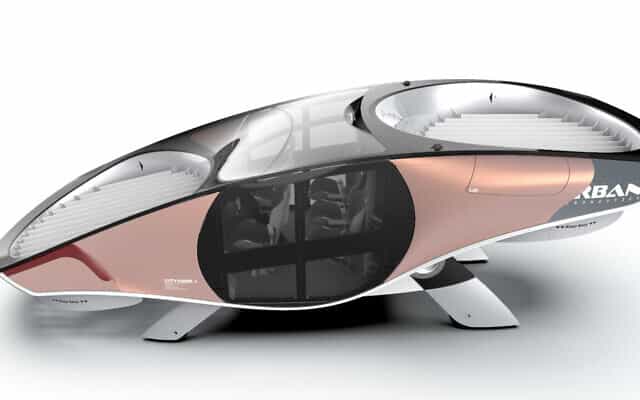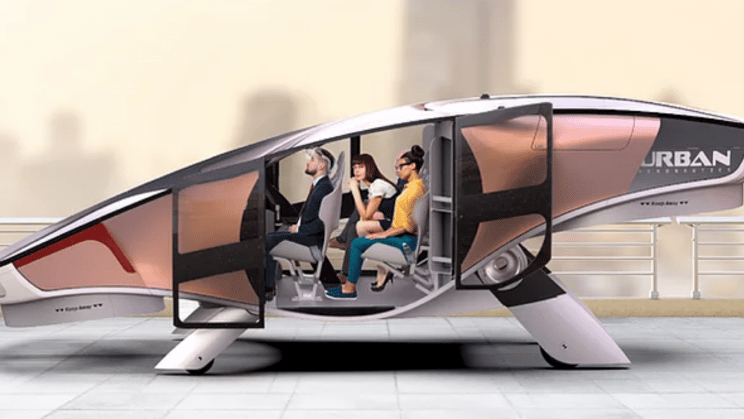Almost every time we talk about VTOL concepts (vertical take-off and landing aircraft), we are faced with the scaled-down version of an airplane that can carry four to five people and some cargo. A company based in Israel, Urban Aeronautics, is determined to create the first of the flying cars that look like automobiles, without wings. And it looks like they're doing a great job.
Last year I passed some VTOL models: SkyDrive, City Hawk e Cyclocar. The feature they have in common is that their shape resembles the traditional design of a car. Aside from the promise of carrying more people for shorter trips, the biggest advantage of these flying machines would be that they don't require specific runways to land.

Flying machines and where to create them
Nimrod Golan-Yanay, CEO of Urban Aeronautics, puts it on the practical side. At the beginning of the year he said simply that where competitors can land one plane, Urban Aeronautics can land four. Four to one and away we go. This not only allows Urban Aeronautics to transport more people in a limited space, but also means more revenue from the airport infrastructure. Few VTOL operators will be able to land their planes on city rooftops and streets, which the Israeli company's flying machines promise to do.
The company's design choice also boasts a record for two other reasons. First, it does not include external moving parts that can accumulate ice or increase risks such as collision with power lines during urban flight. Second, and more importantly, these flying cars are not looking at electric but at hydrogen. Urban Aeronautics has entered into agreements with HyPoint Californian company that has proprietary technology to store hydrogen in carbon fiber cylinders on the car. With this technology, the Israeli team hopes to have a propulsion system with an energy density 20 times higher than electric batteries.
Some data on Urban Aeronautics flying machines
The lift of these aircraft is generated by fully enclosed counter-rotating ducted fans positioned at both the rear and front. After years of testing, the company this year unveiled a sleeker exterior that can zip at a top speed of 150 mph (241 km/h) with a range of about 100 miles (160 km). The noise levels? Quite acceptable, around 78 dB.
While the company aims to launch its new version of these flying machines by early 2022, there is a lot of work underway on the primary head-up flight display. A real "flight attendant" that will exploit 360-degree sensor data: all nice, but the company hasn't revealed the details of this yet, and so I take it with a grain of salt.
Who will be the first to adopt these new flying machines? In Urban Aeronautics they are sure: Dubai, already very interested in the phenomenon of drones and air taxis, will lead the way.


